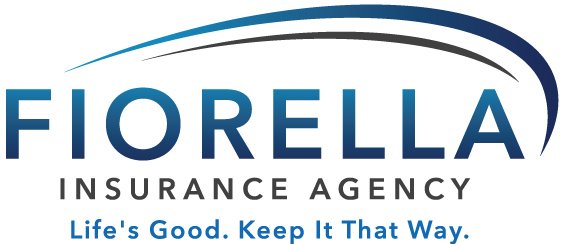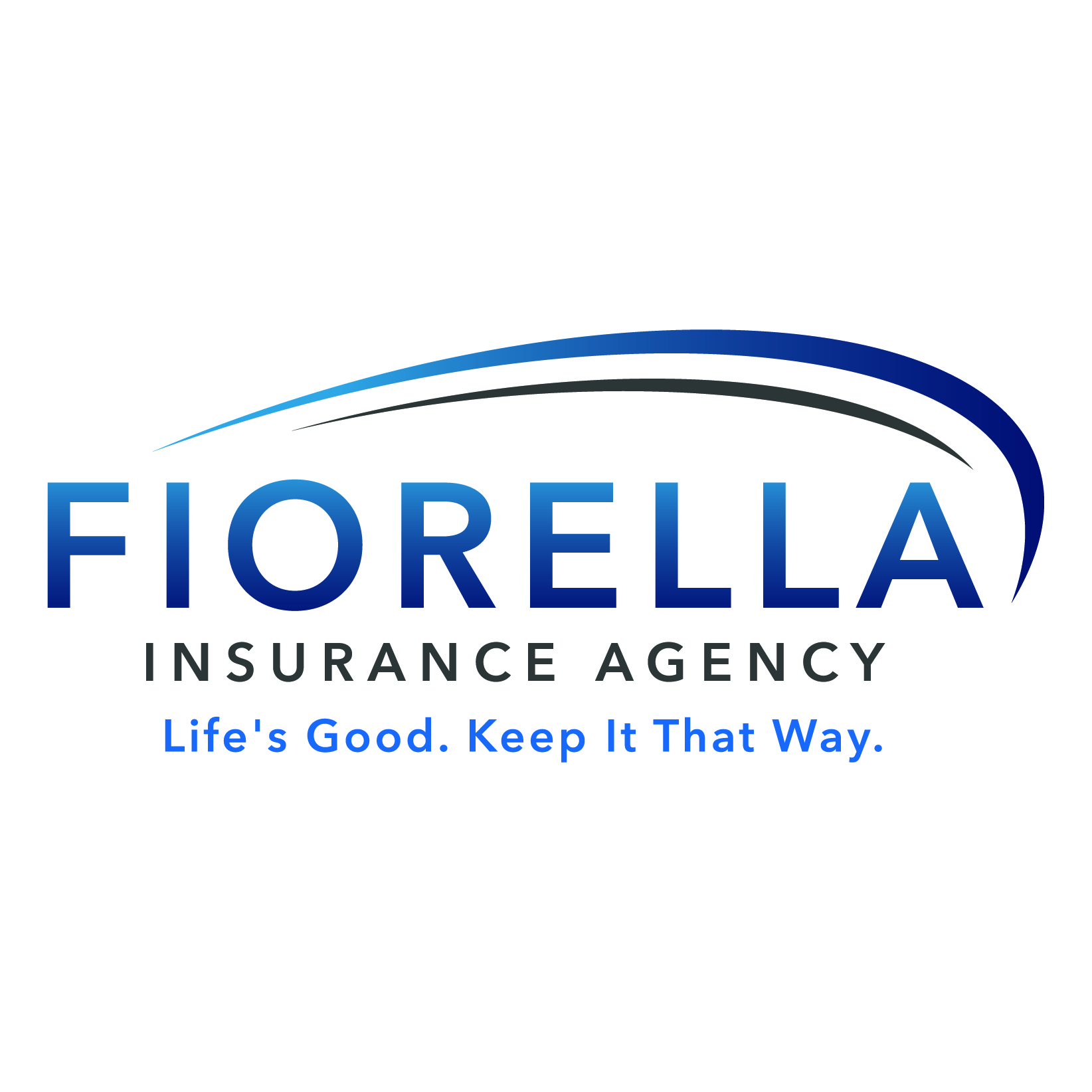Exploring the multifaceted sphere of Obamacare’s pros and cons necessitates comprehension of the Affordable Care Act (ACA), which has been intensely contested since its introduction. This comprehensive healthcare law aimed to provide health insurance for millions of Americans and reform the healthcare system.
However, like any complex legislation, it comes with both advantages and drawbacks. In this blog post, we will explore Obamacare’s pros and cons in various aspects such as preexisting conditions coverage, preventive care and screenings, prescription drug affordability, rising premiums and deductibles, technical issues with Healthcare.gov website, and impact on employment and business practices.
By examining Obamacare’s pros and cons in-depth through each section mentioned above, you’ll gain a better understanding of how this landmark legislation has shaped the American healthcare landscape – both positively and negatively.
Table of Contents
- Obamacare’s Pros and Cons
- Obamacare Pros: Preexisting Conditions Coverage
- Preventive Care and Screenings
- Obamacare Cons: Rising Premiums and Deductibles
- Technical Issues with Healthcare.gov Website
- Impact on Employment and Business Practices
- Conclusion
Obamacare’s Pros and Cons
The ACA has both helped and hurt in various ways. It has provided coverage for pre-existing conditions, and preventive care services, and made prescription drugs more affordable for many Americans. However, it also led to increased costs for some individuals and raised concerns about its effects on business practices. As we continue, we’ll delve deeper into Obamacare’s pros and cons and how it has affected healthcare in America.
-
Save
Obamacare Pros: Preexisting Conditions Coverage
The Affordable Care Act (ACA), commonly known as Obamacare, brought significant changes to the health insurance landscape, particularly for those with preexisting conditions. Before the ACA, many Americans faced denial of coverage or exorbitant premiums due to their medical history. However, Obamacare has made it possible for millions of people to obtain affordable health insurance by eliminating these discriminatory practices.- Elimination of denial based on pre-existing conditions: Under the ACA, insurers are no longer allowed to deny coverage or charge higher premiums solely because an individual has a preexisting condition. This policy change has been instrumental in expanding access to healthcare for countless Americans.
- Reduced financial burden for those with chronic illnesses: By ensuring that individuals with preexisting conditions can secure affordable coverage, Obamacare helps alleviate the financial strain often associated with managing long-term health issues. The financial pressures of dealing with long-term health issues can be eased by Obamacare, enabling more individuals to concentrate on their well-being and medical care without being hindered by expensive costs.
Obamacare’s elimination of denial based on pre-existing conditions has expanded access to healthcare for millions, reducing the financial burden for those with chronic illnesses. #healthcareforall #obamacare Click to Tweet
Preventive Care and Screenings
The Affordable Care Act, also known as Obamacare, has made a significant impact on the healthcare landscape by covering numerous screenings and preventive services without additional costs. By offering these provisions at no extra charge, Obamacare aims to promote the early detection of diseases and encourage prevention measures among individuals. This could result in not just improved patient health, but also a decrease in healthcare expenses. For instance, detecting cancer at an early stage can significantly improve treatment success rates while lowering long-term medical costs associated with advanced-stage care. Examples of covered preventive services under the ACA are adult vaccinations, mammograms for breast cancer screening, and colonoscopies for colorectal cancer screening. The ACA also provides patient protection by prohibiting insurance companies from denying coverage based on preexisting conditions and by expanding Medicaid coverage options. Additionally, the healthcare law includes tax cuts for small businesses and individuals to help offset insurance premiums and medical expenses. Preventive health measures and screenings are important for identifying illnesses early, which can help to lower medical costs in the long term. Moving on to prescription drug affordability, we will discuss how Obamacare helps seniors lower their out-of-pocket expenses.Obamacare covers preventive care and screenings at no extra cost, promoting early detection of diseases and reducing healthcare expenses. #healthcare #ACA Click to Tweet
Prescription Drug Affordability
One of the key promises made by Obamacare was to make prescription drugs more affordable for Americans, particularly seniors. The Affordable Care Act aimed to achieve this by gradually closing the notorious Medicare Part D “donut hole”, a coverage gap that left many beneficiaries with high out-of-pocket expenses for their medications.- Closing the Medicare Part D donut hole: By reducing the cost-sharing burden on seniors during this coverage gap, Obamacare has helped millions save money on essential medications. HHS’s report indicates that, since 2010, the Part D donut hole closure has saved beneficiaries a total of $26 billion in out-of-pocket costs.
- Lowering out-of-pocket expenses for seniors: With an aging population heavily reliant on prescription drugs for managing chronic conditions, lowering out-of-pocket costs is crucial in ensuring access to necessary treatments. As part of its efforts towards drug affordability, Obamacare also introduced discounts on brand-name and generic drugs within the donut hole.
Obamacare has helped millions save on prescription drugs by closing the Medicare Part D donut hole and introducing discounts, but more needs to be done. #AffordableCareAct #healthcare Click to Tweet
Obamacare Cons: Rising Premiums and Deductibles
One of the major criticisms of Obamacare is that it has led to a significant increase in premiums for some individuals and families. While this rise can be partly attributed to expanded coverage requirements, such as covering pre-existing conditions, opponents argue that these higher costs have made insurance unaffordable for many middle-class households.Increased Cost Burden on Middle-Class Families
The Affordable Care Act aimed to make healthcare more accessible, but unfortunately, it also resulted in increased financial strain for some families. A Kaiser Family Foundation study noted that between 2013 and 2017, the average annual premiums rose significantly by 62%. This increase in cost has caused numerous individuals to evaluate their health insurance plans or forgo coverage entirely.Debate over Affordability versus Comprehensive Coverage
While supporters of the Affordable Care Act highlight its benefits like guaranteed coverage regardless of medical history, critics maintain that the trade-off between affordability and comprehensive care is not worth it for many Americans. The debate continues as lawmakers explore potential solutions to balance both aspects effectively while ensuring access to quality healthcare services. Middle-class households have been increasingly facing the challenge of climbing premiums and deductibles, causing a dispute between comprehensive coverage and affordability. Technical issues with Healthcare.gov website, such as initial launch difficulties in 2013 and ongoing concerns about user experience, are also important considerations when obtaining Obama Care Insurance.Technical Issues with Healthcare.gov Website
The Healthcare.gov website is the primary platform for enrolling in health insurance plans under the Affordable Care Act, also known as Obamacare. However, during its initial launch in 2013, the website faced a series of technical issues that made it difficult for users to navigate, create accounts, and access information about available insurance options. These problems led to widespread frustration among potential enrollees and fueled criticism of the healthcare law. Since then, significant improvements have been made to address these concerns. The website now features a more user-friendly interface and has resolved many of the glitches that initially plagued it. However, critics continue to point toward those early failures as evidence against the effectiveness of the Affordable Care Act.- Initial launch difficulties in 2013: Numerous errors and crashes prevented users from successfully enrolling or obtaining accurate plan information during this period.
- Ongoing concerns about user experience: While much progress has been made since 2013, some still argue that lingering issues persist with the overall functionality of Healthcare.gov.
Impact on Employment and Business Practices
The debate over the impact of the Affordable Care Act (ACA), also known as Obamacare, on employment has been contentious. Critics claimed that the legislation would destroy jobs, but instead, some businesses have responded by cutting employee hours to avoid providing health insurance. This has resulted in an alteration towards part-time work, as companies attempt to bypass the mandate of furnishing insurance for full-time staff.- Shift towards part-time employment: A notable trend since the implementation of the ACA is an increase in part-time positions at certain businesses. These employers reduce worker hours below the threshold required for providing healthcare benefits under ACA regulations.
- Debate over job loss versus increased access to healthcare: While opponents argue that this shift negatively impacts workers’ income and job stability, proponents maintain that it also increases access to affordable healthcare options for many Americans who were previously uninsured or underinsured.
The ACA has led to a shift towards part-time employment, with some businesses cutting hours to avoid providing healthcare. Debate continues on its impact. #ObamacareProsCons Click to Tweet
Conclusion
After analyzing Obamacare’s pros and cons, it is clear that there are both benefits and drawbacks to this healthcare law. On one hand, the elimination of denial based on preexisting conditions, coverage for essential preventive services, and the closing of the Medicare Part D donut hole have all been positive changes for many Americans. On the other hand, rising premiums and deductibles have increased the cost burden on middle-class families, while ongoing concerns about user experience with the Healthcare.gov website continue. Ultimately, it is up to individuals to weigh these factors when considering their insurance coverage options under Obamacare.Contact Fiorella Insurance today for your free health insurance quote.



